Aesthetics of a Diverse Nation: A Research Journey in the ‘not so’ Tibetan Ladakh
- Moon Moon

- Jan 8, 2024
- 3 min read
Updated: Oct 26, 2025
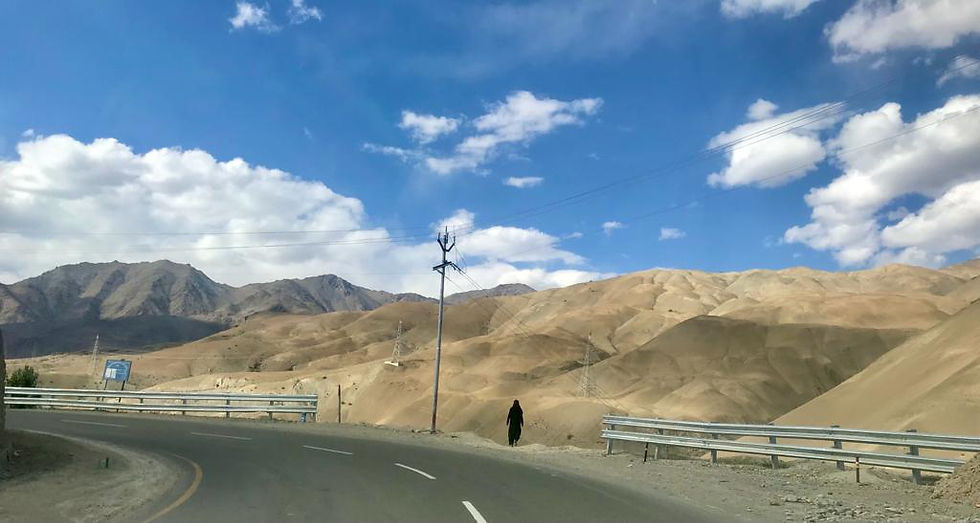
As one packs for a high-elevation region located between massive rugged ranges that stretch as far as Afghanistan, more than just medical kits, that may prevent the inevitable altitude sickness, are squeezed in our bags. Alongside our clothes are also bundles of preconceived notions, carefully tucked in the conscious and subconscious parts of our mighty brain, if not our suitcases. Such was the case as I packed for Ladakh. That I would be visiting a microcosm of Tibet became evident through videos and photographs of strong monastic establishments and structures that were splashed across the internet and popular readings of the region. However, as is the case with most regions in India, a pleasant awakening was in order.
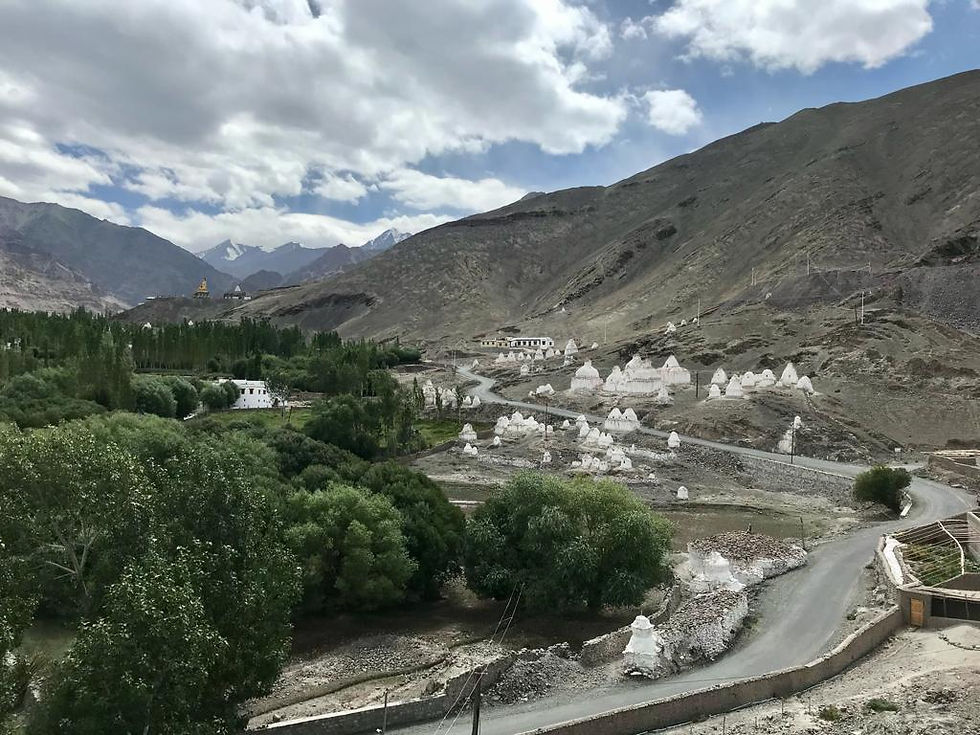
It wasn’t a leisure trip that took me to Ladakh, but a research one. Therefore, understanding the region and its people was part of the job description. Moving across the vast scapes of barren lands with gushing rivers sometimes providing a change in scenery, the region unravelled showing dizzying signs of diversity in its people; people who had been living across the cold desert from time immemorial. From the Muslims to Dards, to the Tibetans and the Baltis, varied communities have migrated to Ladakh, either through trade, economic and political led migrations, and made it their home. As they made their way to Ladakh, they brought with them their traditions and cultures, reflections of which are seen in the region’s architecture, crafts, religious practices, and languages.
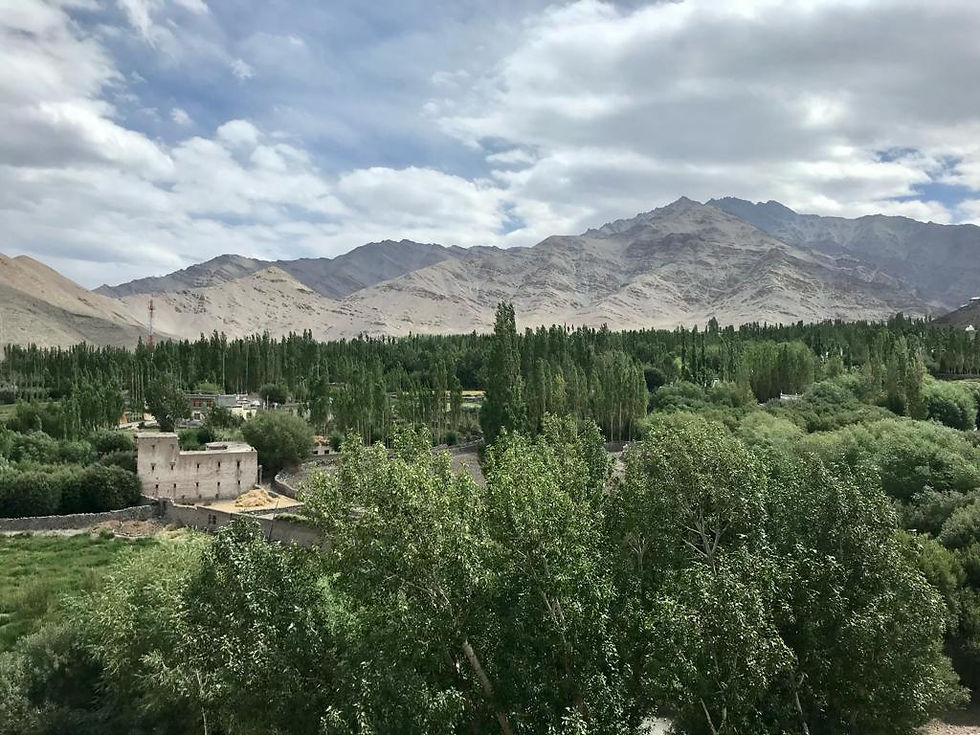

The imposing mountains lend further character and depth to the region’s diverse heritage, as much of the material culture is defined by the environmental context. Amidst the dizziness caused by jumping altitudes every day, it became clear to my team and myself that Ladakh, while considered the last Shangri-la and an offshoot of Tibet was in fact a unique geographic entity that boasted of a social structure with multiple ethnicities largely documented to have lived in harmony over a long period of time.
With a context so bewildering one may ask, what is the Aesthetic of Ladakh? Or even greater, how does one even begin to define Indian Aesthetics? There are several academic definitions for the same and it is a discipline held in high regard. However, the purpose of this story is not so much to delve into a scientific explanation of the same. It is instead to share musings of a journey, that lead to remarkable revelations.
Perplexed as I was with the ethnic variety during the course of my research trip, I asked a Ladakhi potter, “What is Ladakh, and who is a Ladakhi?”. To this, he mentioned,
“The only thing that belongs here are the mountains, rest all has come from outside. We are different people living together for so many years, working together for so many years. Someone goes to a mosque, while some go to a monastery. This harmony & diversity is what Ladakh means to us and Ladakhi is a mixture of so many things!”
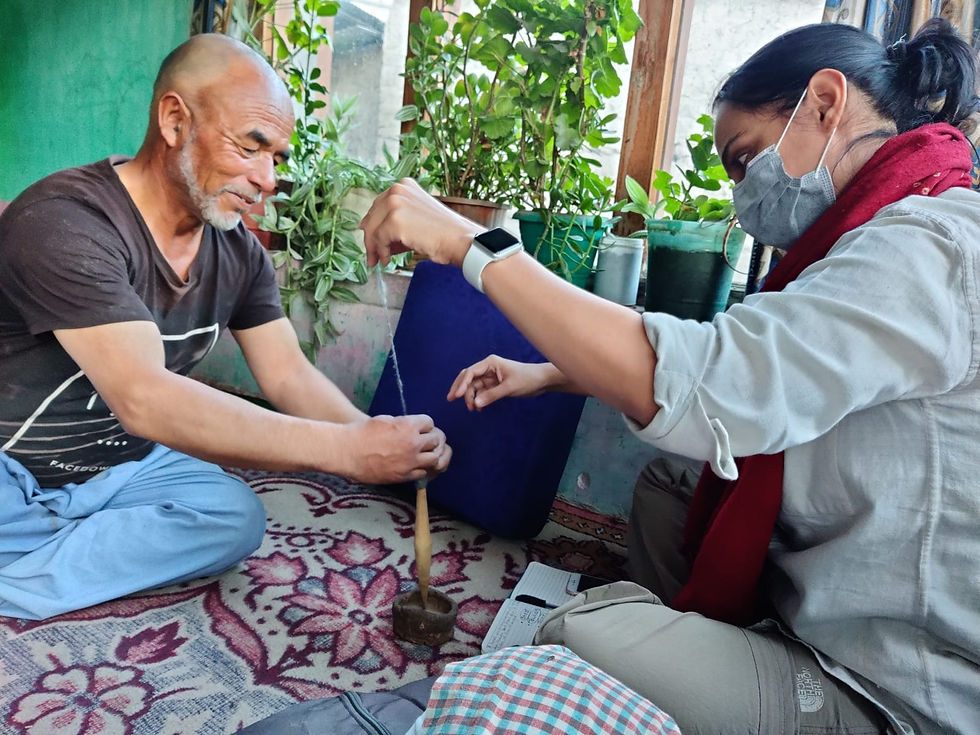
So then, what is the Aesthetics of Ladakh? The most important feature of Ladakh’s aesthetics are the influences of Tibet, Buddhism, Islam, who come together to provide a holistic description of the region. The same can be said for Indian aesthetics, that to me after this journey became an all-encompassing term that, most importantly, has harmonious co-existence and diversity as its essential core.
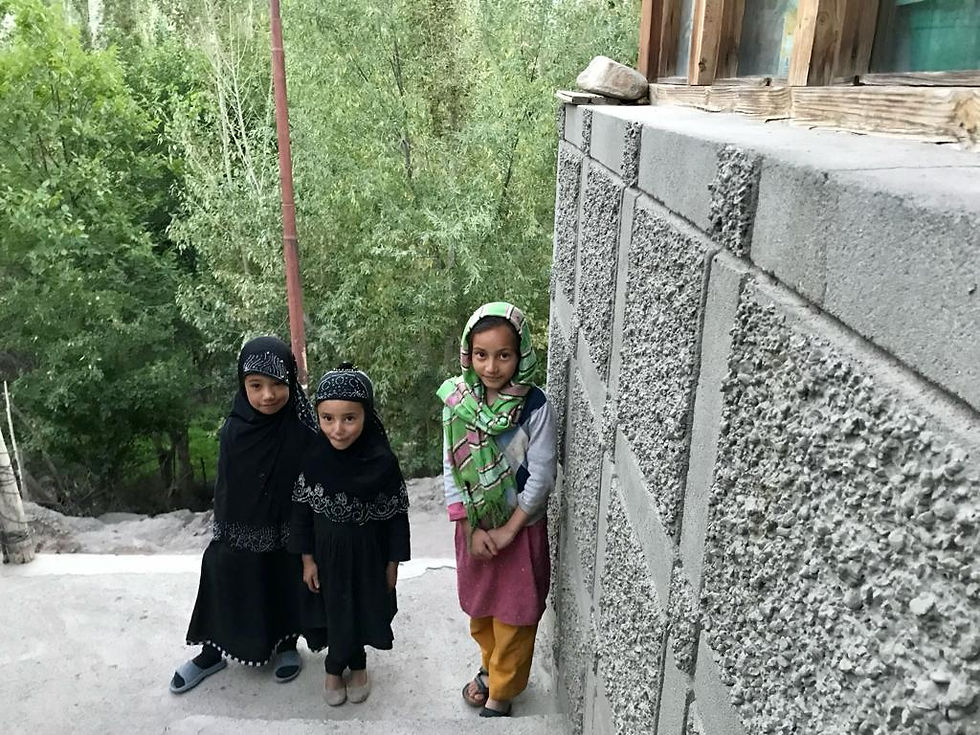
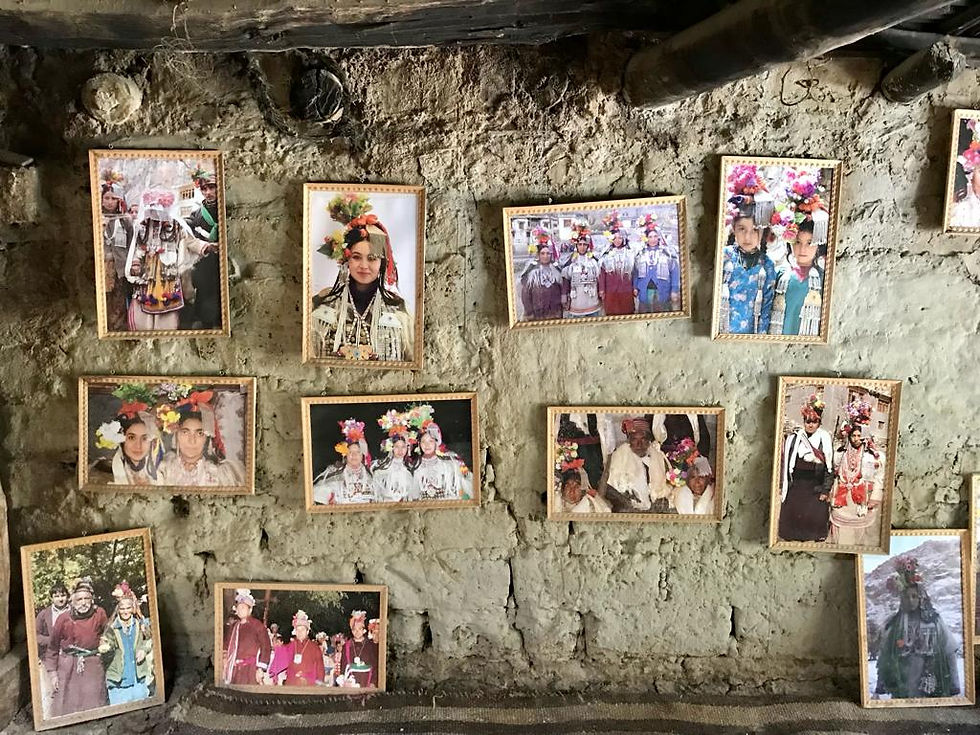
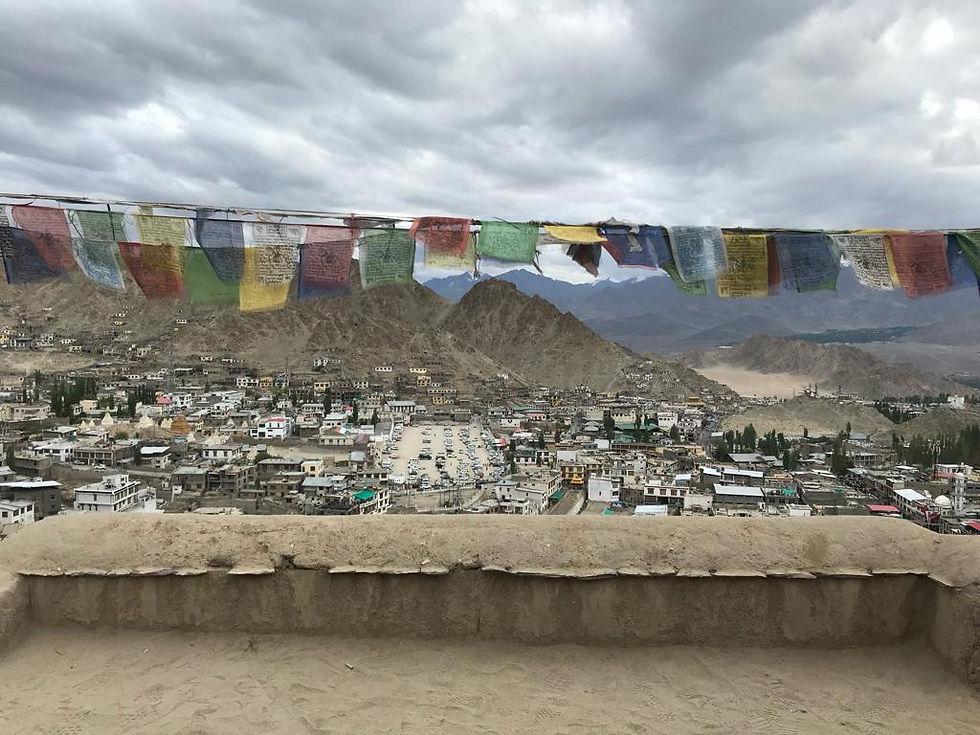

Moon Moon Jetley specialises in historical, ethnographic, and anthropological research. A doctorate degree holder in history, her focus has been research that brings about a positive
impact. She is currently working as a researcher with a clean energy company that provides access to clean cooking to underserved communities in Africa.




Comments